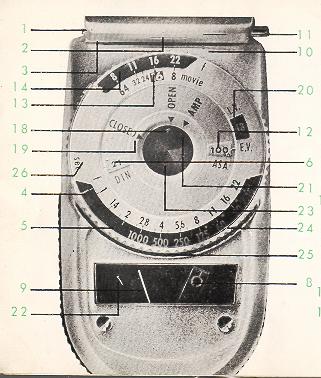
www.PayPal.me/butkus
Venmo @mike-butkus-camera Ph 2083
Back to main Camera Menu
Problems
opening PDF files or printing problems
- click here
CLICK HERE TO CONTINUE
TO Sekonic Auto Leader L-38 HTML MANUAL
CLICK HERE TO CONTINUE TO
Auto Leader L-38 PDF MANUAL
